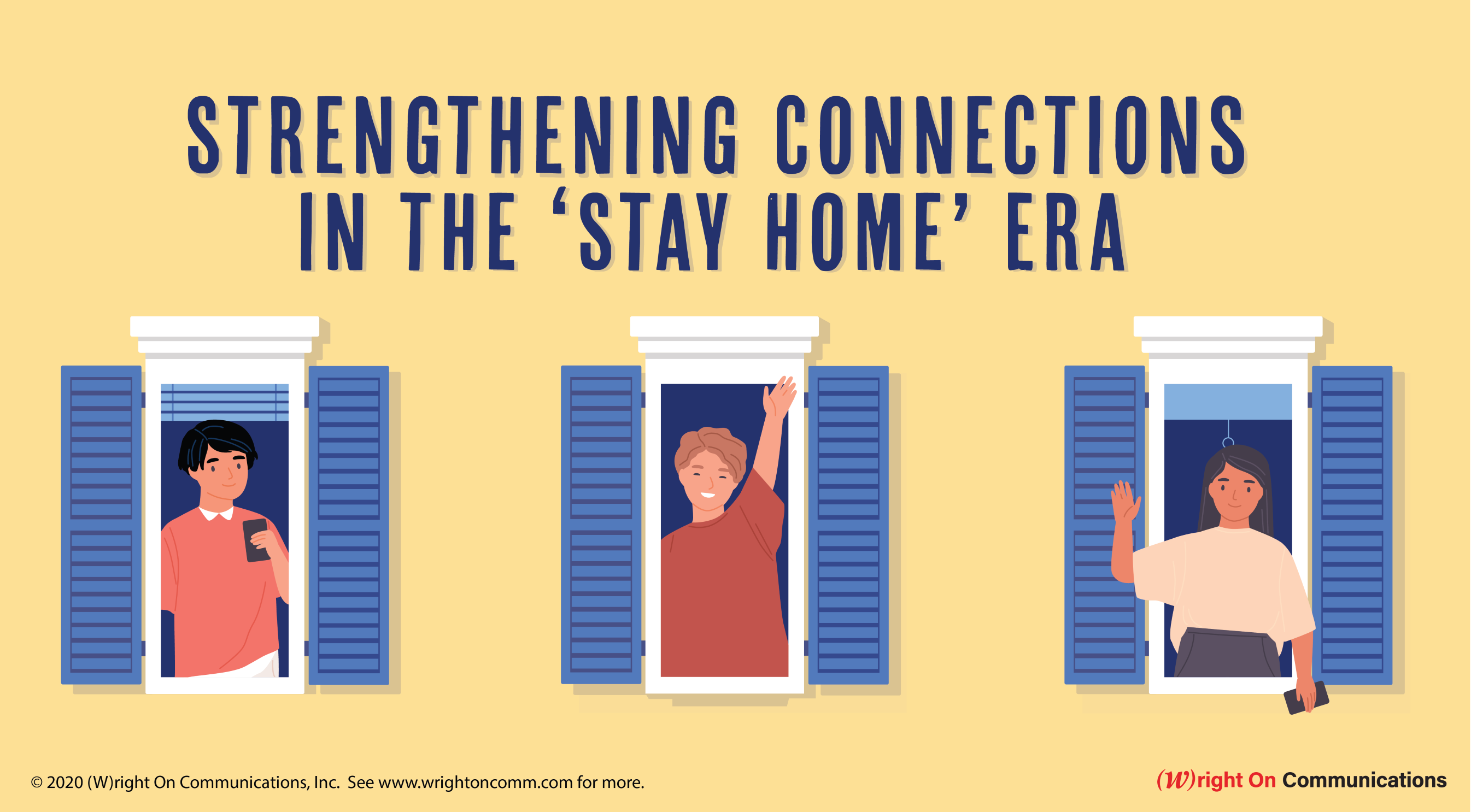Which defines your leadership style: the type that attracts or forces? It’s an important question, particularly during a time of crisis, like the current COVID-19 pandemic, when your leadership style will determine your leadership legacy. That legacy will be engrained in the hearts and minds of your team members for years to come. So, how do you want to be remembered?
3 keys to leading through a crisis
Leadership can be defined as your ability to influence people to follow your guidance willingly. Or, it can be defined as your ability to command or apply force.
I have seen the full spectrum of leadership styles over the course of my career. This has allowed me to truly understand which leadership style encourages peak performance. If you’re a leader who tends to throw your title around to get the job done, the following insights might help you understand how to become a leader people will follow willingly, without conflict or force.
For me, leadership that achieves peak performance boils down to three simple concepts: Connection. Compassion. Core values.
During today’s public health, business disruption and economic crises, these three defining characteristics are more important to embrace than ever.
1. Connection
Your current team situation could look vastly different than it did two months ago. Furloughs, remote work and virtual meetings may mean big changes in how and who you are connecting with. This does not change your responsibilities as a leader. How connected are you to your team? Do you understand their home situation amid this pandemic? Are you in contact on a consistent basis, and not just through a quick text? Do they have updates on their company, their jobs, and their financial well-being? During this time of uncertainty, be their certain.
If you regularly struggle with forming a meaningful connection with your team members, use this chance to create it. If there are silver linings to this climate, this is one. Find creative ways to bridge the gap with those who serve under your leadership. All of this will carry through as life begins to return to what will be our new normal.
2. Compassion
A heart-led leader can sometimes be seen as weak. I feel this is the biggest misconception of our time created by those that have inner fears of insecurity. Think back over your career to those who truly inspired and mentored you, to those you worked hardest for and to whom you wanted to prove yourself. If you became a leader just to move up in your career, then you have missed the point. To build a leadership legacy – to provide guidance, to mentor the next generation of leaders, to help carve a path for those to serve after you, that is the ultimate goal. Compassion for your team and the situations they exist in is a powerful tool in understanding how to manage them effectively.
Just as one shirt does not fit all people, neither does one leadership style. Your compassion for each team member gives you the blueprints to their inner workings. With empathy, you can recognize who makes decisions based on uncertainty, who is meticulous and needs to increase their response time, who thrives on praise, and who fears being wrong. Ask your employees how they are doing – and mean it. Find out how their family or pets are doing, and how homeschooling is going. Try a Zoom call just to check in. Think about how you can level the playing field. You are no longer in your private office, behind your large desk and name placard. You are behind a computer screen, in your place of comfort—your home–that has turned as professional as it can be.
If you show you care for your team, they will work harder because they, in turn, will care about you.
3. Core Values
Core values reflect your life’s purpose and who you ultimately want to be. What would your team say is your defining trait? Perhaps it’s integrity. Honesty. Accountability. Determination. Strength. Can you honestly say you would do everything you ask your team to do? Or do you convey the message of “do as I say, not as I do?” True leaders inspire — and not just through their messaging. They lead by example. They lead by their values.
Are you asking more of your team in this current climate than you would want to take on yourself? Are you a part of the problem instead of the solution? Take this time to reflect on the situations and drivers that landed you in your leadership role in the first place. How can you take your beliefs to inspire someone else to get to that same point in their career trajectory? How can you be the leader who others aspire to become?
True leaders arise out of challenging times. Are you living the lifestyle of a leader or just going through the motions through a title you were given? Have you rolled up your sleeves to be part of the team and to understand where they are coming from in this unprecedented situation? How will you be remembered for your leadership style when the time comes to put the pieces back together? What will your leadership legacy be?
Licia Walsworth, Communications Strategist





 The Facts about Diversity:
The Facts about Diversity:






 Grant Wright
Grant Wright





 Corie Fiebiger
Corie Fiebiger
 Shae Geary
Shae Geary Roman Lukjanenko
Roman Lukjanenko Phelan Riessen
Phelan Riessen Katrina Early
Katrina Early Hamish Marshall
Hamish Marshall